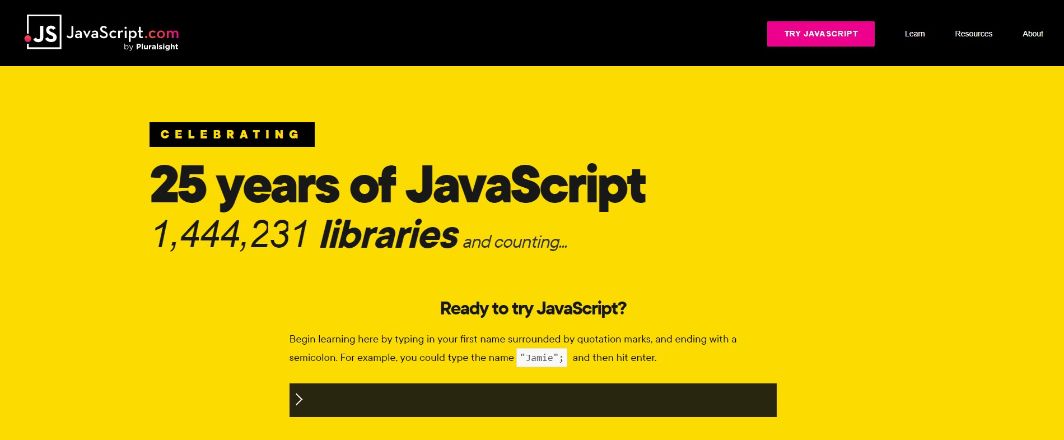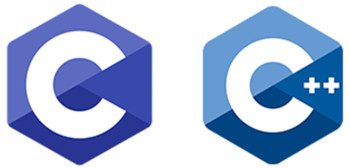Top programming languages in 2022
Now we have more than 700 programming languages. Of course, there are popular ones and less popular ones, which depend on its history and its capability. With the explosion of technology today, we will expect more and more programming languages to appear.
To prepare for yourself, whether you want to improve your coding skills or start your career in technology, knowing and learning a programming language is an advantage. Let’s start with iRender to explore some very popular and most-used – top programming languages in 2022.
1. Python
Python is a high-level, multi-purpose programming language. Developed by Guido van Rossum in the 1990s, through the years it has become the most popular programming language today, with more than 80% developers considering it as the main coding language.
The reason for its popularity varies, but the number one reason is its easy learning curve for beginners. Its syntax is very familiar with English, which allows anyone, even a newbie with no programming background, to start creating simple programs.
Moreover, it supports many libraries, which enables you to work easier with artificial intelligence, data science, and machine learning processes.
Python can be a great choice for technologies like AI, ML, Data analytics, scientific computing, as well as back-end web development, automation and desktop apps.
Pros:
-
-
-
- Open-source.
- Easy learning curve
- Highly scalable.
- Extensive graphical user interface (GUI) frameworks.
- Incorporated the variants of Java and C like CPython, Jython, etc.
- Compatible with Mac and Windows.
- Ever-growing community support.
-
-
Cons:
-
-
-
- Slower due to being an interpreted language.
- Memory-consuming.
- Not ideal for mobile development.
-
-
2. Java
Along with Python, Java is also a high-level and multi-purpose programming language. Created by James Gosling in 1995, now it has become a secure and scalable tool which enables coders to create all kinds of applications.
Java is highly popular and Java developers are highly in demand because of some reason. First of all, its versatility helps you to write it on one operating system then run it anywhere smoothly.
It is also an easy coding language, which has syntax familiar with real-world tasks and object-oriented structure. It’s used to create applications for many fields in the economy like banking, electronic trading, e-commerce, etc. Moreover, it is used to develop apps for mobile as well, especially for Android.
Pros:
-
-
-
- Highly versatile.
- Easy to learn, write, compile, and debug.
- The new Java frameworks make developing Java programs faster.
- Various APIs for application development.
- Support multithreading. The most secure language.
- Cross-platform compatibility.
-
-
Cons:
-
-
-
- Slow execution times.
- Memory-consuming.
-
-
3. JavaScript
To begin with, Java and JavaScript are two different languages. Java is not a shortened version of JavaScript. We might talk about their differences in other articles, but in this part, we will only introduce JavaScript.
Along with HTML and CSS, JavaScript is one of the key programming languages for front-end web development. It was created in 1995 by Netscape.
JavaScript is an easy language to learn, helping you to handle all the dynamic interaction on the web like animated graphics, clickable buttons, pop-ups, alerts, etc. The demand for JavaScript developers is also high due to its high percentage of websites that use JavaScript on the client-side of the webpage (about 97%).
Pros:
-
-
-
- Open-source.
- Easy learning curve.
- Client-side JavaScript is incredibly fast as it doesn’t require compilation.
- Works well with other top programming languages.
- Great for boosting a website’s user experience and engagement.
-
-
Cons:
-
-
-
- Security issues.
- Unstable cross-browser performance.
-
-
4. C and C++
In spite of being the oldest programming languages (about nearly 50 years), C/C++ are still very relevant now and have gained immense popularity.
They have a steep learning curve, which is suitable for intermediate to advanced level. However, its versatility makes it the best programming language to learn, and its complexity enables you to shine among other developers.
C and C++ are often used to design applications and platforms for real-time systems, embedded systems, mobile apps and video game development, machine learning, etc.
Pros:
-
-
-
- Open-source.
- Highly versatile.
- Fast and powerful.
- Allows more control.
- Works well cross-device and cross-platform.
- Skills are easily transferable to other languages.
-
-
Cons:
-
-
-
- It can be challenging for beginners.
- Misuses of pointers can lead to errors.
- Its object-oriented structure is less efficient than other OOP-based programming languages.
- Lack of garbage collection.
-
-
5. SQL
If you are interested in data science and statistical computing, SQL (Structured Query Language) is the best choice. Developed by Donald D. Chamberlin and Raymond F. Boyce in 1974, this language has a special role in creating and managing tables and data stored in relational databases.
SQL is extremely easy to learn as the syntax uses common English words.
The demand for SQL developers is high, because pretty much every field related to large amounts of data dealing will need it.
Pros:
-
-
-
- Faster query processing.
- Excellent portability.
- Robust security.
- Highly interactive.
- Large user community.
-
-
Cons:
-
-
-
- Not open source.
- Not the best programming language if you want to build applications.
-
-
iRender – Powerful cloud computing service
This article is dedicated to introducing some of the best programming languages. They can be used for many purposes, from web developing, mobile and desktop apps, to data science, AI, machine learning and deep learning. They can serve each of your needs and you should select the one with an easy learning curve first, then you can continue with others which are more complex.
At iRender, we provide multiple GPUs for renting with state-of-the-art RTX3090. Our remote machines are Optimized for Scientific Computing, Machine Learning, Deep Learning.
We support many programming languages and many libraries and IDEs. This is our packages tailored for AI/ Deep Learning:
Plus, at iRender, we provide you more support than just those hardware.
NVLink available for better performance
If 24GB VRam is not enough for your project, we always have NVLink to help you access more than that. You can access this article to know how to set up NVLink on our machine.
Free and convenient transferring tool
iRender offers a powerful and free file transfer tool: Gpuhub Sync. With fast file transfer speed, large data capacity, and completely free. You can transfer all the necessary data into our Gpuhub Sync tool at any time without connecting to the server. The data will be automatically synchronized in the Z drive inside the server, ready for you to use.
Flexible price
Besides hourly rental, you can always save from 10% to 20% with our Fixed Rental feature. For those who’s in need of a server for more than a day, or have extremely large projects, we advise to choose a daily/ weekly/monthly rental package. The discount is attractive (up to 10% for daily packages, 20% on weekly and monthly packages), and you don’t have to worry about over-charging if you forget to shutdown the server.
Real human 24/7 support service
Users can access our web-based online platform and use multiple nodes to render at the same time. Hence, with us, it does not matter where you are present – as long as you are connected to the internet, you can access and enjoy the 24/7 rendering services that we provide, and if you meet any issue, our real human 24/7 support team is always ready to support you.
With these advantages and no hidden cost when using our machine, we believe it’s worth trying your project. You can create an account via this link to experience our service. And don’t hesitate to contact us via WhatsApp: (+84) 916806116 for advice and support.
Thank you & Happy Training!
Source: hostinger.com, geeksforgeeks.org, kdnuggets.com
Related Posts
The latest creative news from Cloud Computing for AI,










